4 Prong Dryer Plug - 3 Wire Receptical
nuckphoto
14 years ago
Related Stories
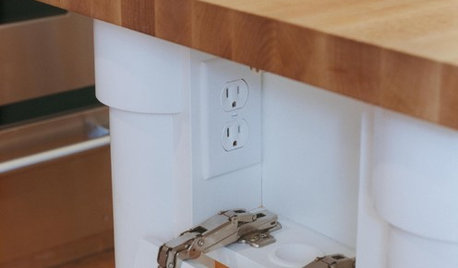
KITCHEN DESIGNHow to Hide Those Plugs and Switches
5 ways to camouflage your outlets — or just make them disappear
Full Story
GREEN BUILDINGOff the Grid: Ready to Pull the Plug on City Power?
What to consider if you want to stop relying on public utilities — or just have a more energy-efficient home
Full Story
DIY PROJECTSHide All Those Wires in a DIY Charging Station
Keep your gadgets handy and charged with a flexible storage board you can design yourself
Full Story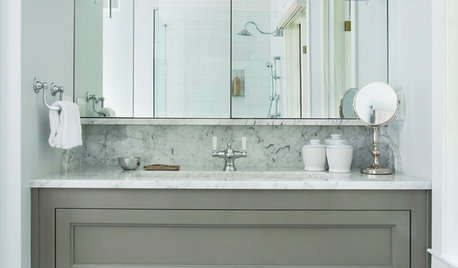
BATHROOM DESIGN4 Secrets to a Luxurious Bathroom Look
Give your bathroom a finished feel with a few splurges and budget-stretching moves
Full Story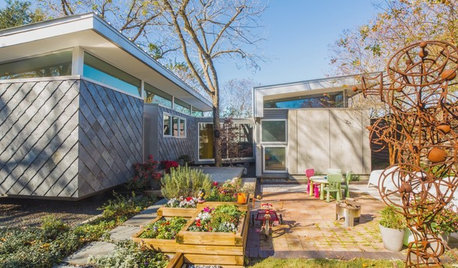
HOUZZ TVHouzz TV: Fun Family Living in 980 Square Feet
In a place known for going big, a family of 4 opts for creative space savers and subtle luxuries instead
Full Story
GREAT HOME PROJECTSPower to the People: Outlets Right Where You Want Them
No more crawling and craning. With outlets in furniture, drawers and cabinets, access to power has never been easier
Full Story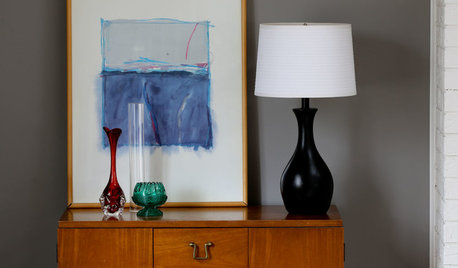
DIY PROJECTSHow to Fix Up a Thrifted Lamp
Save money and earn DIY cred by rewiring and snazzing up a damaged lamp you scored on the cheap
Full Story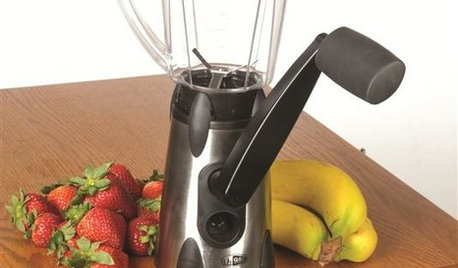
ACCESSORIESEasy Green: Cut Electricity Use With 15 Unplugged Home Devices
Crank up the energy savings, courtesy of household items that come into power the old-fashioned way: manually
Full Story
MOVINGHome-Buying Checklist: 20 Things to Consider Beyond the Inspection
Quality of life is just as important as construction quality. Learn what to look for at open houses to ensure comfort in your new home
Full Story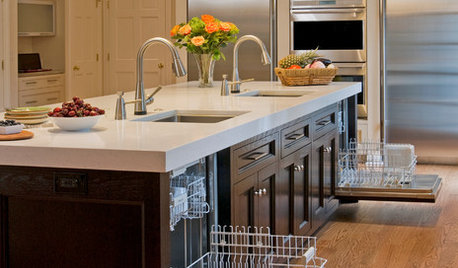
HOUSEKEEPING10 Chores You Can Whip Through During Commercials
Use ad time for getting tasks done, and it’s like fast-forwarding your house into cleanliness
Full Story





normel
nuckphotoOriginal Author
Related Professionals
Arkansas City General Contractors · Big Lake General Contractors · Catonsville General Contractors · El Sobrante General Contractors · Hillsborough General Contractors · Vermillion General Contractors · Travilah General Contractors · Alafaya Solar Energy Systems · Holliston Solar Energy Systems · Alum Rock Solar Energy Systems · Broomfield Home Automation & Home Media · Chicago Home Automation & Home Media · Detroit Home Automation & Home Media · Ocala Home Automation & Home Media · Pittsburgh Home Automation & Home Mediabrickeyee
nuckphotoOriginal Author
hendricus
Billl
nuckphotoOriginal Author
normel
petey_racer
brickeyee
Billl
petey_racer
petey_racer
pharkus
petey_racer
brickeyee
petey_racer
avongugg_hotmail_com
brickeyee
Ron Natalie
weedmeister
brickeyee
joeshelton33
weedmeister
Skylar Thompson
Tim Asbridge